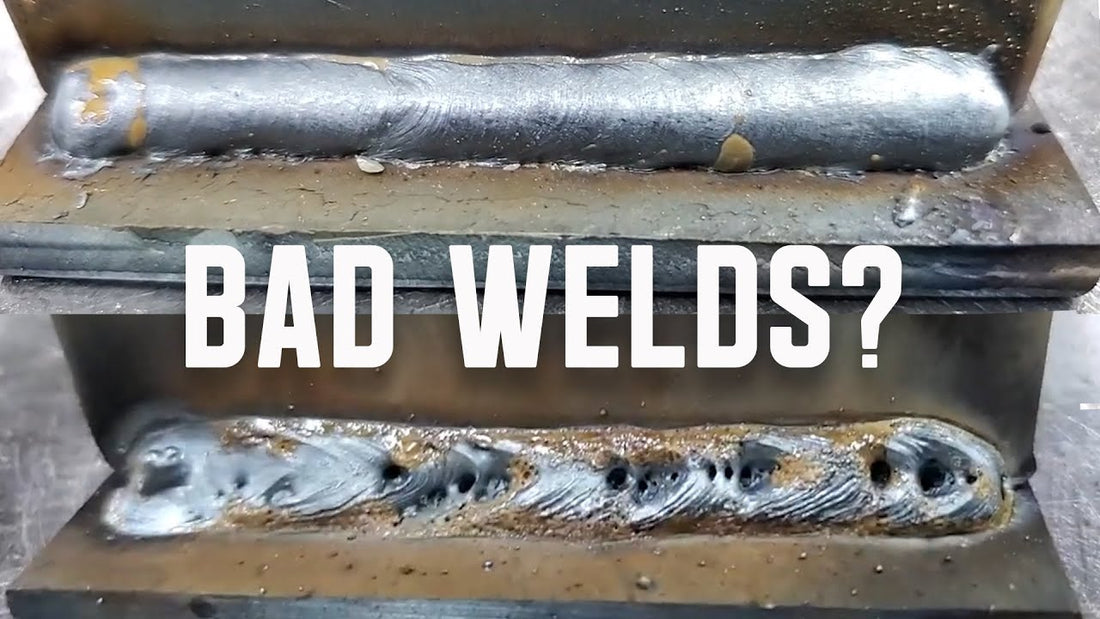Understanding the Art of Welding: How to Prevent Undercut Welding Issues for Flawless Construction Outcomes
Performance and precision are critical in the globe of welding, where also the least blemish can endanger the architectural honesty of a fabricated piece. One common challenge that welders face is undercutting, a problem that can deteriorate a weld joint and lead to pricey rework. By recognizing the source of undercut welding and applying reliable strategies to stop it, welders can boost their craft to brand-new degrees of quality (Preventing weld undercut). In the quest of perfect construction results, mastering the art of welding to avoid undercut issues is not simply an ability however a requirement for those pursuing perfection in their work.
Understanding Undercut Welding

To avoid undercut welding, welders need to make sure proper welding specifications, such as adjusting the existing, voltage, travel rate, and maintaining the right electrode angle. Additionally, utilizing the appropriate welding strategy for the specific joint setup is important. Using weaving motions or backstepping methods can help guarantee correct weld metal deposition and minimize the likelihood of undercut development. Normal inspection of welds during and after the welding procedure is also important to catch any kind of undercut early and make required changes to avoid additional issues. Preventing weld undercut. By understanding the root causes of undercut welding and carrying out preventive steps, welders can accomplish high-quality, structurally sound welds.
Reasons For Undercut in Welding
Understanding the factors that add to undercut in welding is essential for welders to produce top quality, structurally sound welds. When the weld metal does not correctly fill the groove formed in between the base steel and the previously deposited weld steel, damaging occurs. Several factors can bring about damage in welding. One typical cause is too much warm input. Welding at heats for extended durations can lead to the base metal melting more than wanted, causing undercut. Poor welding existing or inaccurate welding speed can likewise add to damage. Insufficient current may not offer adequate heat to thaw the base and filler steels properly, while too much speed can prevent correct fusion, creating click to read more undercut. Furthermore, improper electrode angles or inaccurate lantern control methods can create locations of low weld steel deposition, promoting undercut. Comprehending these causes and carrying out proper welding methods can aid stop damaging issues, making certain resilient and solid welds.
Techniques to stop Undercutting

To alleviate the danger of undercutting in welding, welders can use critical welding methods aimed at enhancing the top quality and stability of the weld joints. Additionally, using the proper welding method for the particular joint configuration, such as weave or stringer grains, can contribute to reducing damaging.
Additionally, proper joint prep work, including ensuring tidy base materials devoid of pollutants and using the ideal welding consumables, is vital in avoiding undercut issues. Utilizing back-step welding techniques and managing the weld Learn More bead profile can additionally assist disperse warm equally and lessen the risk of undercut. Routine inspection of the weld joint during and after welding, along with executing quality control procedures, can aid in finding and dealing with undercutting problems promptly. By executing these strategies diligently, welders can accomplish perfect manufacture results with minimal undercut flaws.
Relevance of Correct Welding Criteria
Picking and keeping ideal welding parameters is essential for achieving successful welds with click site marginal issues. Welding criteria describe variables such as voltage, present, travel speed, electrode angle, and protecting gas flow rate that directly influence the welding procedure. These specifications need to be very carefully changed based on the kind of product being bonded, its thickness, and the welding technique used.
Appropriate welding specifications guarantee the correct amount of warm is applied to thaw the base steels and filler material evenly. If the specifications are set expensive, it can bring about extreme heat input, creating distortion, spatter, or burn-through. On the various other hand, if the specifications are too reduced, incomplete blend, lack of infiltration, or undercutting might happen.
Quality Guarantee in Welding Operations

Final Thought
Finally, understanding the art of welding needs a detailed understanding of undercut welding, its reasons, and strategies to stop it. By making sure appropriate welding specifications and executing quality guarantee techniques, perfect construction results can be attained. It is crucial for welders to continually pursue excellence in their welding procedures to prevent undercut problems and produce high-grade welds.
Undercut welding, an usual problem in welding processes, takes place when the weld metal does not appropriately fill up the groove and leaves a groove or depression along the bonded joint.To avoid undercut welding, welders need to make sure proper welding criteria, such as changing the existing, voltage, travel rate, and preserving the correct electrode angle. Insufficient welding incorrect or present welding speed can likewise contribute to undercut.To minimize the risk of undercutting in welding, welders can use calculated welding strategies aimed at boosting the high quality and honesty of the weld joints.In conclusion, grasping the art of welding requires a detailed understanding of undercut welding, its causes, and methods to stop it.